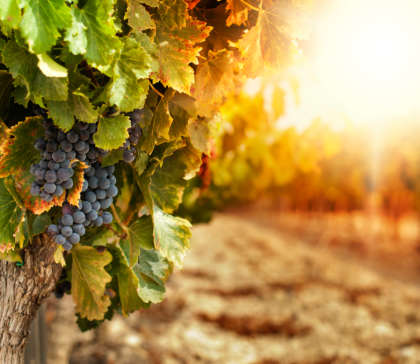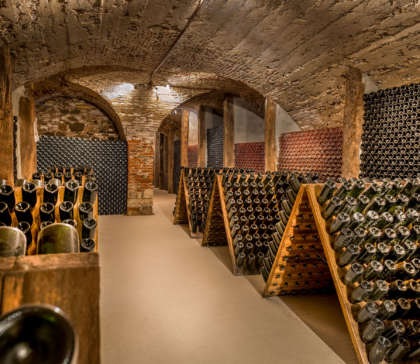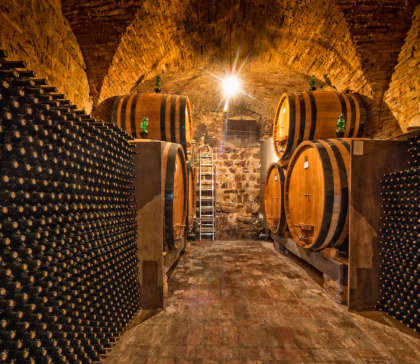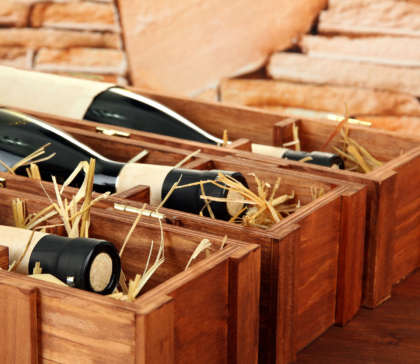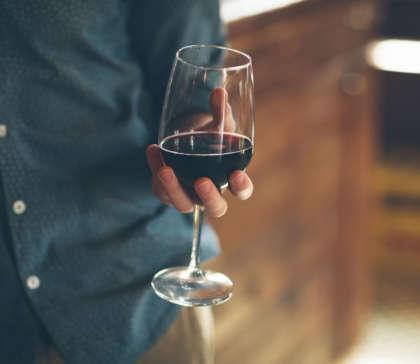Wine making is not just an art but also science. Science gives us the knowledge to understand the process of wine making. The moment the grapes are picked determines the acidity, sweetness and flavour of the wine. Deciding the time to harvest requires a touch of science along with old fashion tasting. It also depends upon the weather conditions and humidity. It is preferred to pick grapes by hand as using mechanical tools can be tough on grapes. For years stomping was done by locals with their feet but nowadays everything is more scientific as it is more hygienic and increases longevity and quality of wine.
